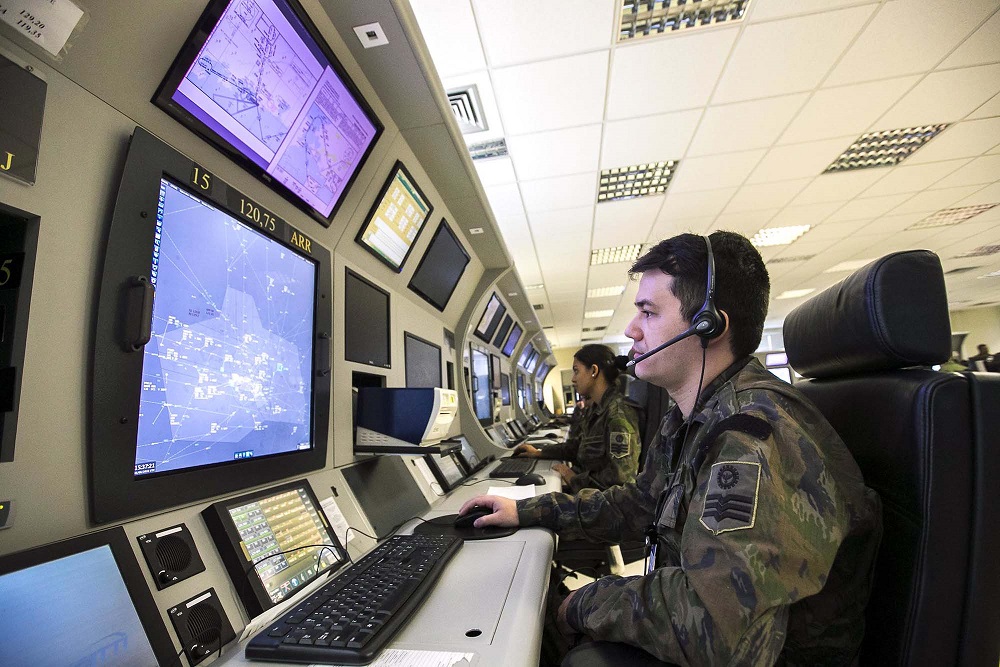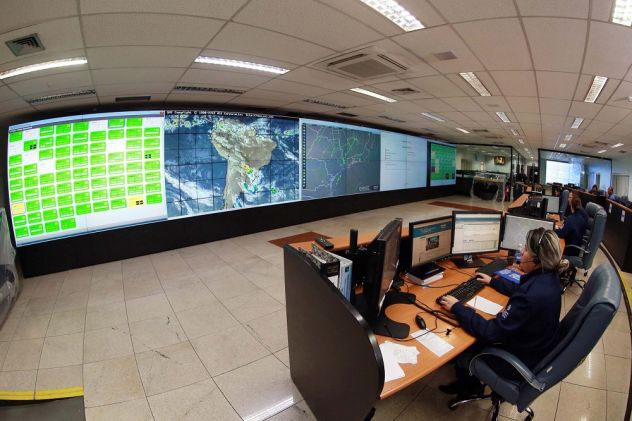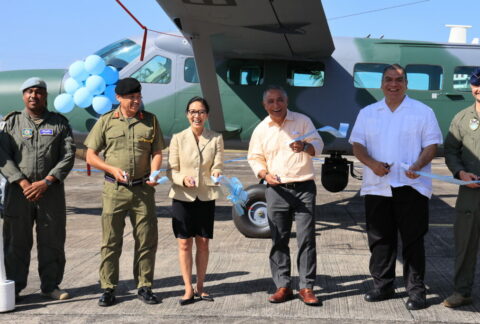Copa America Brazil 2019, carried out June 10-July 8, brought together players from 12 countries — 10 from South America: Argentina, Bolivia, Brazil, Chile, Colombia, Ecuador, Paraguay, Peru, Uruguay, and Venezuela; and two guest countries: Japan and Qatar. During the event, Brazilian airports recorded an average of 3,300 flights per day, an 8 percent increase in air operations compared to the same period in 2018. The Airspace Navigation Management Center (CGNA, in Portuguese), a unit under the Department of Airspace Control (DECEA, in Portuguese) of the Brazilian Air Force (FAB, in Portuguese) provided this data.
For Copa America, DECEA created a special structure to oversee flights at the eight airports in the five host cities (Rio de Janeiro, São Paulo, Belo Horizonte, Salvador, and Porto Alegre). “We set up a master control room in Rio de Janeiro to be the coordination center, from which many professionals — representing important government agencies from the country — combined efforts to ensure the orderly and safe air traffic flow across the skies of host cities during the event,” said FAB Colonel Sidnei Nascimento de Souza, head of CGNA and control room coordinator.


Integrated system
The Integrated Command and Control Software for Air Operations and the Total Air Traffic Information Control Flow allowed for airflow management and monitoring processes. Information on the status of airports in host cities was broadcast live, displayed on screens installed in the control room, along with radar images showing flight information and location of aircraft in the airspace of these regions.
Federal agency representatives managed the control room, based on their areas of expertise. Each update generated a spreadsheet with the information required for effective air operations.









